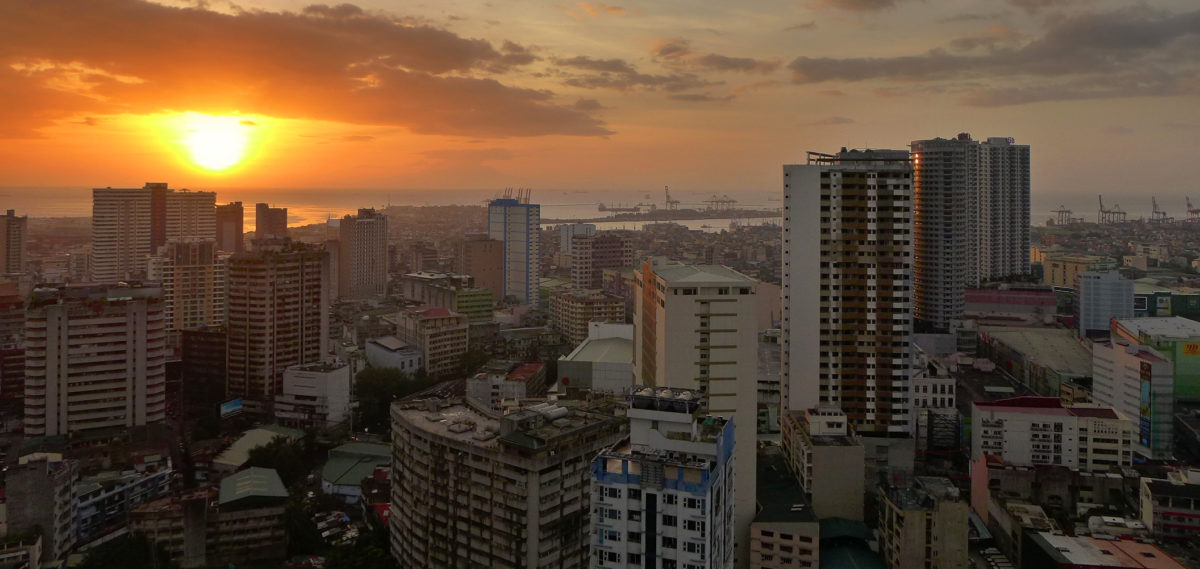The Philippines government plans to introduce a Green Energy Tariff Program auction regime this year which it hopes will allocate 2 GW of renewable energy generation capacity.
The proposed program has been put out to consultation with the authorities estimating it could generate $2 billion in clean energy investment.
Public tenders will feature a maximum price for the renewable electricity generated by tendered projects and the program will be administered by the Philippines Department of Energy, according to a report published by the Institute for Energy Economics and Financial Analysis (IEEFA). The research institute added, off-grid electrification projects will be included in the proposed tender system.
“Global capital could come from China’s Belt and Road initiative and clean energy funding programs initiated by the Asian Infrastructure Investment Bank and the Asian Development Bank,” the IEEFA report stated. “Philippine banks such as BDO Unibank Inc are also well positioned to take the lead in green financing.”
Cheaper electricity
IEEFA analysts said auctions could improve the Philippines’ renewable energy market by introducing more transparency and price competition and by securing large volumes of capacity to meet energy demand in several areas of the nation.
The paper noted the proposed auction system could deliver final clean electricity prices of less than PHP3/kWh ($0.059), a useful development in a country IEEFA reports has the third highest power prices in Asia, behind only Singapore and Japan.
If the regime is introduced, the first round of auctions could consider projects which missed out on the expired deadline for securing feed-in tariffs (FITs), according to IEEFA.
The institute reported solar supplied 4% of the Philippines’ electricity at the end of March, with fossil fuels making up 69% of the energy mix. Of the conventional power sources, coal accounted for 37%, oil 18% and natural gas 14%.
The Philippines had 886 MW of installed solar generation capacity at the end of 2018, according to International Renewable Energy Agency figures. Most of the nation’s solar facilities were secured under the previous FIT regime, local utility auctions and net metering, which is available for rooftop PV systems with a generation capacity of up to 100 kW.
The government aims to install 15 GW of clean energy capacity by 2030.
This content is protected by copyright and may not be reused. If you want to cooperate with us and would like to reuse some of our content, please contact: editors@pv-magazine.com.




The *only* gas used for grid-scale power generation in the Philippines is the natural gas from the indigenous Malampaya gas field. So how is that an “import”?
The Philippines doesn’t even have an LNG terminal, so importation of gas is a bit difficult unless you think someone’s bringing in a few million tonnes disguised as hand luggage!
Delete the word “imports” and the story would be correct.
Hi Adrian, Thanks for pulling us up on this, I bow to your knowledge of the Philippines market and have deleted the word “imports” as suggested. Thanks for keeping us on our toes.
Huge rooftop solar potential in Metro Manila remains untapped. Similarly on grid solar for electric cooperatives and islands replacing expensive diesel. All of these could be brought into a large single auction
Also, with the recent price trends 3 Pesos or 6 cents a kWh seems high
Germany just had a record price just below 4 cents a kWh (100 MW).
Then we have the 2019 records:
* Brazil 1.75 cents (211 MW)
* Tunisia 2.5 cents (300 MW)
* Uzbekistan 2.67 cents (100 MW)
* Dubai 1.69 cents (900 MW)
* Kazakhstan, 3.2 cents (50 MW)
* Bangladesh (6.5 cents for 8 MW) #shasnie-solar